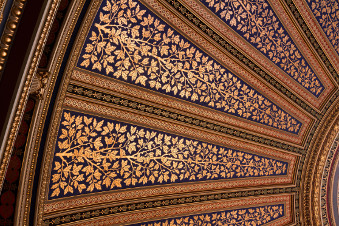Speaker
Description
A powerful tool to single out the production mechanism of astrophysical neutrinos is the study of their flavor composition and reaction type. While long tracks produced in muon neutrino interactions can be well identified, the large separation between sensors in high energy neutrino telescopes makes it difficult to distinguish electron and tau neutrino charged current as well as all flavor neutral current interactions. The latter classes of events induce particle showers, which leave an almost spherical Cherenkov light pattern, a so-called cascade. The detection of Cherenkov light emitted by Compton-scattered 2.223 MeV photons from neutron capture on hydrogen is a particularly promising marker for contained hadronic showers with energies exceeding O(10) TeV. Such a measurement would e.g. help in identifying tau neutrinos, improve the tagging of real W's emitted in anti-electron neutrino interactions at the Glashow resonance energy and would be instrumental in the search for high energy cascades produced by boosted dark matter. The latter may either produce a purely hadronic recoil or - if dominated by interactions with atomic electrons - lead to purely electromagnetic cascades. It turns out that large uncertainties on the production of evaporated neutrons in deep inelastic interactions do not limit the statistical accuracy of the method for samples of more than approximately 50 cascades. In fact, IceCube was able to show that even with a first set of 13 contained cascades, meaningful limits can be set.
Well understood and sufficiently low dark noise rates as well as a low fraction of PMT induced delayed pulses are a prerequisite for the analysis. Unfortunately, unexpected pulses delayed by around 100 -200 microseconds, most probably arising from IceCube's R7081 Hamamatsu photomultiplier tubes, limit the statistical power of the analysis.The absence of such photomultiplier artifacts is thus a vital criterion for sensors in future extensions of neutrino telescopes.

